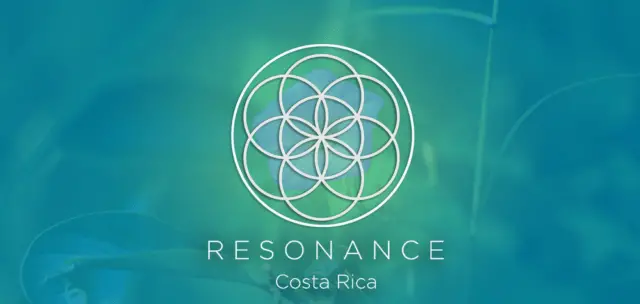Costa Rica will not face electricity rationing in 2025, according to the Ministry of Environment and Energy (MINAE). Unlike last year, when the drought caused by the El Niño phenomenon jeopardized the electricity supply, this year the country’s reservoirs are at “optimal levels,” they state.
According to the acting Minister of Environment and Energy, Ronny Rodríguez, there are sufficient reserves to guarantee energy stability by 2025. “We, through the information provided by the Meteorological Service, make predictions about the availability of energy resources. Costa Rica depends heavily on water resources, that is, the amount of water in reservoirs such as Arenal, Reventazón, and Cachí, which are key to the security of the electrical system,” Rodríguez emphasized.
According to the official, these reservoirs currently have “excellent” water levels that allow for stable operations during the 2025 hydrological year. Furthermore, other energy sources such as geothermal, wind, biomass, and thermal energy backups strengthen the country’s ability to avoid planned power outages.
“With these water reserves, plus renewable energy sources and thermal backups, rationing due to water problems is completely ruled out,” he indicated. “If there is a problem, it would be for another reason, but under current conditions, we can say that there will be no partial or total rationing in 2025,” Rodríguez stated.
2024 Situation
The minister also noted that in 2024, the El Niño phenomenon abruptly affected energy production, as it reduced river flows and lowered reservoir levels, especially in Arenal. However, thanks to the successful contracting of backup generation plants, rationing was avoided.
“Last year, we had an intense and strong El Niño. This phenomenon is increasingly difficult to predict, and when it occurs, its impact is very severe. This significantly reduced water levels and almost led us to rationing. We managed to avoid it by activating backup protocols,” he explained.
For 2025, the country is in a climate-neutral phase, meaning there are no El Niño or La Niña events. This reduces the likelihood of extreme events that affect energy supply. In addition, measures have been implemented to ensure future stability.
“The growth in electricity demand has been an important factor. In 2024, it grew by over 3.5%, something not seen in the last 10 years. This is due to the economic recovery and increased electricity use in homes and industries,” the minister emphasized.
For 2025, authorities indicate that they continue to forecast an increase in consumption, but with full reservoirs and advanced backup contracts, “they are prepared to face any situation.”
“What we experienced last year will not stop, because the El Niño and La Niña phenomena will continue. We know that every 24 months you have one of the two intensely, to the point that scientists are associating it with climate variability. There are others who say it already resembles climate change,” Rodríguez added.
What “El Niño” Caused
The effects of the El Niño phenomenon in Costa Rica during 2024 included high temperatures that remained above the historical average, with increases of 1 to 1.5°C in the Pacific and Central Valley.
147 temperature records were recorded, especially in Alajuela, Cartago, and San José, while Limón, Puntarenas, and Guanacaste saw smaller increases. The Caribbean and North Pacific have faced continued meteorological drought since 2022, with rainfall deficits of 15-20%.
Last October, the Costa Rican Institute of Aqueducts and Sewers (AyA) reported that 38% of its systems had experienced a water deficit and that the impact was projected to reach 66%.
The ICE hydroelectric basins reduced their flow by up to 50%. The director of the National Meteorological Institute (IMN), Werner Stolz, said that the meteorological drought had hit the Caribbean and North Pacific hardest.

